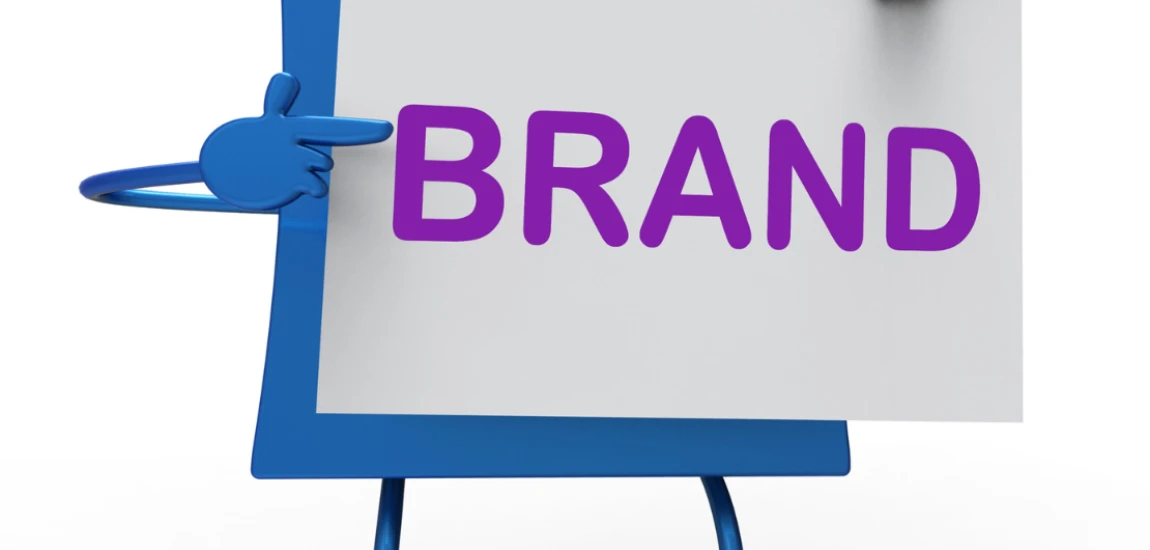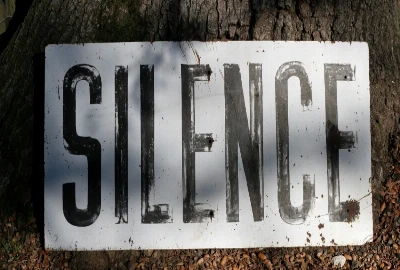Fictional Brands, Real Buzz: The Rise of In-Show Product Universes

Audiences have always been drawn to the small details that flesh out a story’s world, but in recent years, fictional brands in entertainment have transformed from set dressing into cultural phenomena. Shows like The Office with its “Dunder Mifflin” paper company or Parks and Recreation’s “Sweetums” candy have demonstrated that fake products can spark real fan devotion. Entire universes are now being built around in-show products, blurring the line between fiction and reality.
This trend speaks to something larger: audiences today don’t just want to watch a story—they want to inhabit it. When a fictional brand feels authentic, it enriches the world-building, offers playful commentary on consumer culture, and sometimes even makes the leap into the real marketplace. In this post, we’ll explore how fictional brands are reshaping entertainment, why they resonate with viewers, and how marketers and creators are leveraging them to generate real buzz.
The Origins of Fictional Brands in Film and TV

Fictional brands may feel like a modern phenomenon, but they have roots stretching back decades.
Early examples of fictional branding
Classic films often invented products to avoid legal issues or unwanted brand associations. For instance, “Acme Corporation” became a go-to fictional company in Looney Tunes cartoons, providing an endless supply of absurd gadgets for Wile E. Coyote. This set the precedent for creating in-world companies that audiences instantly recognized but never found on store shelves.
The shift from placeholder to world-building
Over time, fictional brands evolved beyond convenience or parody. Directors like Quentin Tarantino introduced recurring fictional products like “Red Apple Cigarettes,” weaving them into multiple films. This consistency made them part of a larger cinematic universe and added a sense of cohesion across unrelated stories.
Why audiences embraced the trend
Viewers began to treat fictional brands as Easter eggs—inside jokes that rewarded close attention. Spotting a recurring soda, fast-food chain, or tech gadget became part of the fun, especially in fan communities where small details fueled endless discussion. This created fertile ground for fictional brands to move from background props to central storytelling devices.
Fictional Brands as Tools for World-Building

The most compelling reason for the rise of fictional brands is their ability to make fictional worlds feel lived-in and authentic.
Adding realism through familiar details
Real brands can break immersion if their presence feels too much like product placement. By contrast, fictional brands are designed to fit seamlessly into the story’s tone and world. Think of The Simpsons with Duff Beer—a parody brand that feels like it could exist in any small American town.
Expanding universes beyond the screen
Fictional brands often grow into world-building tools, giving audiences a way to imagine life beyond the characters. When viewers know what kind of soda the characters drink, what fast-food chains they frequent, or what companies employ them, the universe feels more textured and believable.
Connecting audiences emotionally
In some cases, fictional brands embody themes of the story itself. “Soylent Green” from the 1973 sci-fi classic became a shorthand for dystopian consumer culture, while “Los Pollos Hermanos” from Breaking Bad added depth to Gus Fring’s double life as both a restaurateur and drug kingpin. These brands become shorthand symbols that deepen audience engagement.
From Screen to Shelf: When Fictional Brands Go Real

What’s especially fascinating is when fictional brands step into the real world, turning fan enthusiasm into tangible products.
Marketing stunts and limited releases
Studios have increasingly capitalized on fandom by releasing fictional products in limited runs. Examples include Duff Beer in select markets, “Stay Puft Marshmallows” for Ghostbusters promotions, or “Scooby Snacks” turned into actual snacks. These stunts not only delight fans but also generate media buzz.
Permanent product lines
Some fictional brands have become so popular that they’re sold regularly. For example, Netflix partnered with retailers to sell “Stranger Things” branded ice cream inspired by the show’s fictional “Scoops Ahoy” parlor. These products let fans physically connect with the fictional universe.
The blurring of fiction and consumer culture
This crossover points to a larger cultural trend: audiences crave immersive experiences where boundaries between media and reality dissolve. Fictional brands don’t just exist on screen; they become part of consumer culture, influencing purchasing decisions and fandom identities.
The Marketing Power of Fictional Universes

Fictional brands are not just creative flourishes—they’re powerful marketing tools that extend the life and impact of entertainment properties.
Driving fan engagement
Fans often create memes, fan art, and merchandise for fictional brands, keeping conversations alive long after an episode or movie airs. This user-generated content extends reach organically without the need for traditional ad campaigns.
Building narrative ecosystems
By tying multiple products, services, and businesses into a story universe, creators encourage audiences to explore deeper. Marvel’s extended universes or even satirical worlds like The Boys rely on fictional corporations to give their worlds a sense of scale.
Advertising without advertising
In an era when audiences distrust overt product placement, fictional brands offer a clever alternative. They provide the same cultural associations as real brands while avoiding accusations of “selling out.” For creators, it’s an opportunity to satirize consumerism while still benefiting from the marketing buzz.
Cultural Impact: When Fake Brands Become Symbols

Some fictional brands transcend their original shows to become cultural reference points.
Parody and satire as cultural commentary
Fictional brands often poke fun at consumer culture, monopolies, or lifestyle marketing. “Buy N Large” from WALL-E represents unchecked corporate power, while Idiocracy’s “Brawndo” satirizes energy drink culture. These fake companies spark real conversations about society.
Internet culture and meme power
Thanks to social media, fictional brands now spread faster than ever. Memes about “Krabby Patties” or “Los Pollos Hermanos” circulate widely, sometimes detaching from their original shows and becoming standalone jokes. This virality gives fictional brands longevity beyond the screen.
Nostalgia and cult followings
Older fictional brands often resurface in nostalgic waves. Fans of ’80s and ’90s media embrace throwback references to fictional sodas, cereals, or fast-food chains, reinforcing the emotional power of these in-world creations.
The Future of Fictional Branding in Entertainment

As entertainment and commerce continue to overlap, fictional brands will likely play an even bigger role in shaping content strategies.
Virtual and augmented reality
As VR and AR experiences grow, fictional brands may become interactive elements. Imagine ordering a “Big Kahuna Burger” in a VR game or visiting a “Slurm” factory in a metaverse experience. These immersive touches will make fictional universes more engaging than ever.
Collaboration with real-world brands
We’re also likely to see more partnerships where fictional and real brands blend. A show might create a fake soda company that then “partners” with Coca-Cola for a crossover promotion, merging satire and commerce in new ways.
Redefining storytelling economics
Fictional brands are part of a larger trend where stories are no longer confined to one medium. They generate merchandise, social media campaigns, fan engagement, and real-world products. For creators, this means fictional brands are not just artistic flourishes but business strategies.




